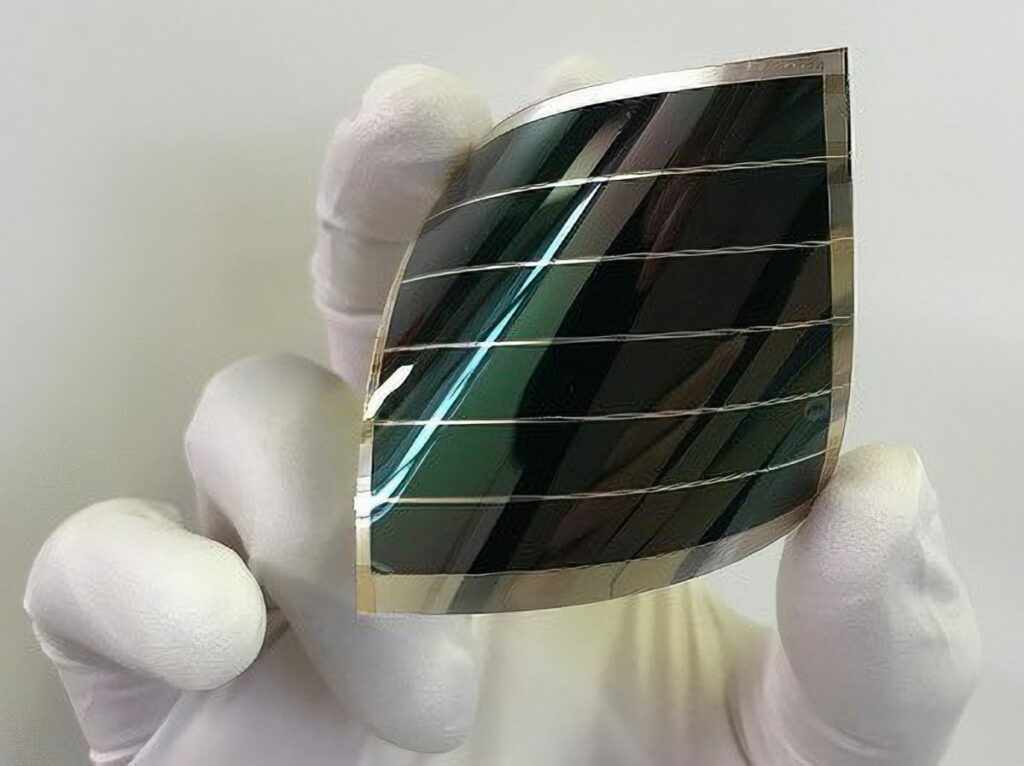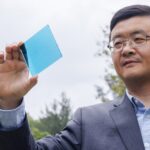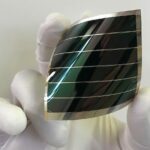In a groundbreaking development, researchers from The Hong Kong Polytechnic University (PolyU) have achieved a significant milestone in the efficiency of organic solar cells (OSCs). With a remarkable power-conversion efficiency (PCE) of 19.31%, these polymer solar cells are poised to revolutionize the applications of solar energy devices. This breakthrough holds immense promise for boosting the uptake of solar power worldwide, paving the way for a more sustainable and environmentally friendly future.
Enhancing Efficiency with Innovative Techniques
Led by the esteemed Prof. LI Gang, the research team at PolyU employed a novel OSC morphology-regulating technique. By using 1,3,5-trichlorobenzene as a crystallization regulator, they successfully improved the efficiency and stability of OSCs. The team’s non-monotonic intermediated state manipulation (ISM) strategy played a crucial role in manipulating the bulk-heterojunction (BHJ) OSC morphology. This innovative approach optimized crystallization dynamics and reduced non-radiative recombination loss, resulting in a significant increase in PCE.
Revolutionizing Organic Solar Cell Research
The team’s remarkable findings, described in the study published in Nature Communications, shed light on the importance of enhancing OSC efficiency for widespread practical applications. Non-fullerene acceptors based organic solar cells are at the forefront of research in the organic photovoltaics field, focusing on materials and morphology manipulation innovations. The PolyU researchers’ achievement in addressing non-radiative recombination loss and boosting performance marks a significant step forward in this exciting domain.
Implications for the Future
Prof. Li emphasized that the breakthrough findings are expected to make OSC research even more dynamic, presenting tremendous opportunities in various applications, including portable electronics and building-integrated photovoltaics (PVs). As OSCs continue to achieve higher PCE values, surpassing the 20% threshold and demonstrating improved stability, they possess unique advantages such as flexibility, transparency, stretchability, low weight, and tunable color. These attributes position OSCs as a key technology for advancing solar energy adoption on a global scale.
A Legacy of Solar Research
Prof. Li’s contributions to the field of polymer solar cells have earned him recognition as a Highly Cited Researcher for nine consecutive years, affirming his substantial impact on global research. His pioneering work on printable solar energy development began with his breakthrough study titled “High-efficiency solution processable polymer photovoltaic cells by self-organization of polymer blends” published in Nature Materials in 2005. This research marked a significant milestone for the first generation of organic photovoltaics and has propelled advancements in solar technology ever since.
Accelerating the Application of Solar Energy
Building on the foundation of his two-decade-long research journey, Prof. Li expressed great optimism about the future of OSCs. With their impressive PCE exceeding 19% and the achievement of lower non-radiative recombination loss, the team has already surpassed previous OSC efficiency milestones. This exciting progress is expected to accelerate the widespread adoption of solar energy, contributing to a cleaner and more sustainable future for all.
The breakthrough efficiency achieved by the PolyU research team in organic solar cells represents a significant leap forward for solar power technology. As research continues to push the boundaries of OSC efficiency, the world moves closer to embracing solar energy as a primary source of clean and renewable power. This remarkable development propels the onward march toward a future powered by the sun’s abundant energy, revolutionizing the way we harness and utilize sustainable power sources.








